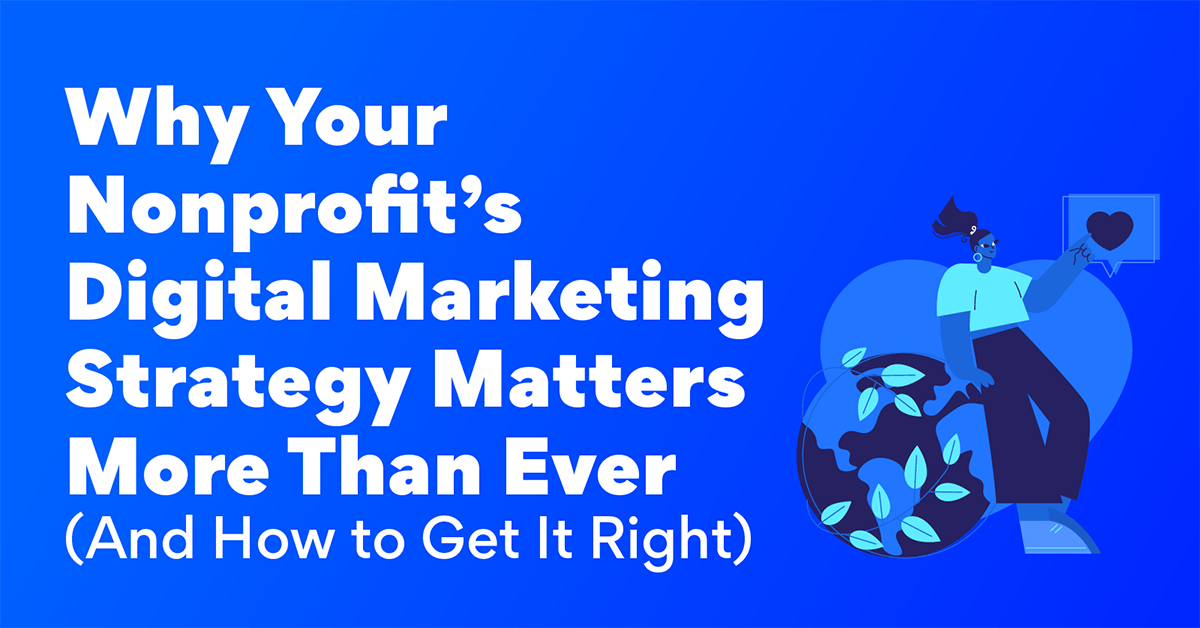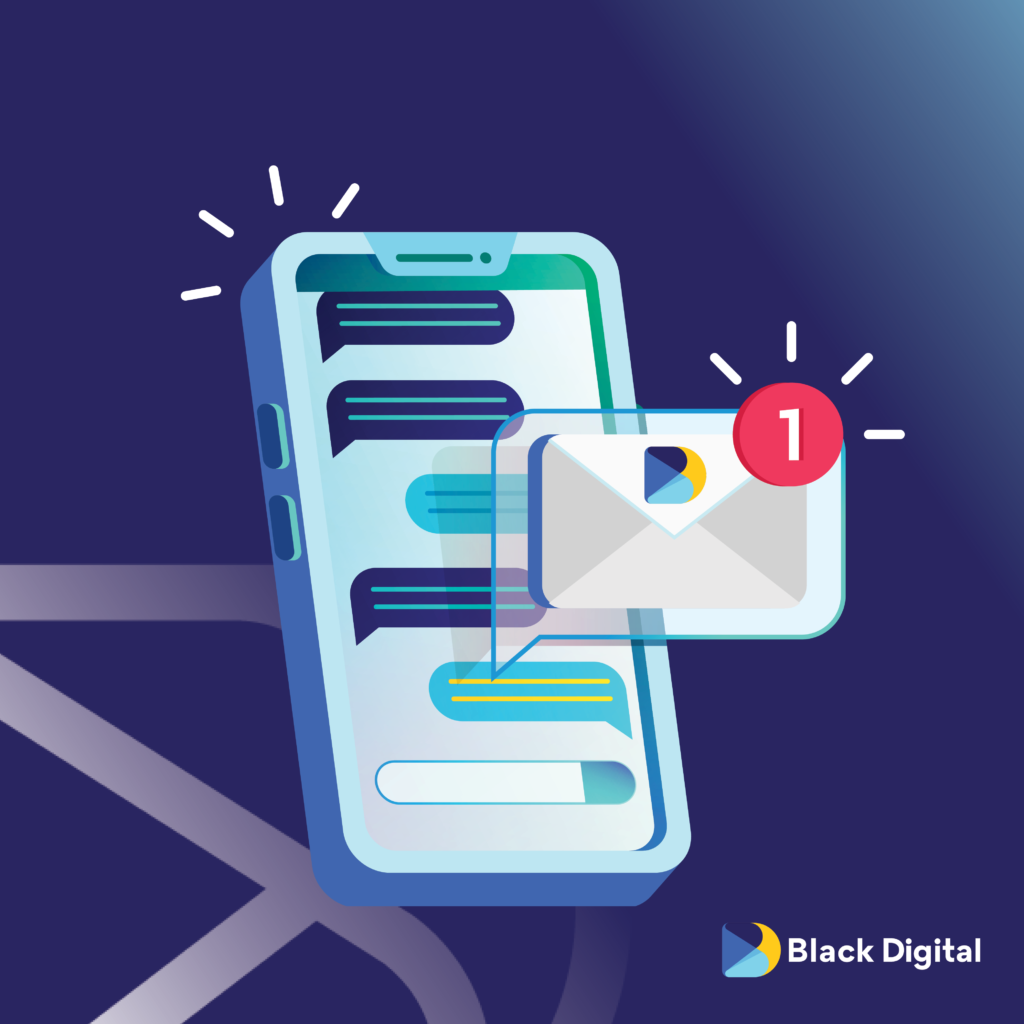In the nonprofit world, connecting with the right audience and inspiring action is everything. As digital spaces continue to grow, so does the need for effective digital marketing. Nonprofits that embrace online strategies can boost donations, broaden awareness, and build a stronger supporter base. Adopting a diverse approach for your digital marketing strategy is essential to reach different age groups.
Digital marketing is no longer just a nice-to-have—it’s essential. Nonprofit marketing data trends highlight just how important these platforms are for driving donations and engagement.
Nonprofit Tech For Good reported that 59% of Gen Z donated to charity as a result of social media. Meanwhile, 31% of Gen X donations were prompted by email, and 72% of Boomers donate to charity with an average giving of $1,212 across several organizations.
Let’s break down what to watch for in 2025 and what works best in digital marketing for nonprofits.
Understanding Your Audience
Knowing who your audience is and where they spend their time is crucial. Generational preferences impact which platforms work best for engaging different age groups.
- Gen Z (9-24 years old): Over 80% spend their time on YouTube, with Instagram (75%), TikTok (69%), and Snapchat (63%) close behind. This demographic is highly responsive to social media campaigns.
- Millennials (25-40 years old): They are most active on Facebook (70%), Instagram (64%), and X (33%). While they also respond well to social media-driven campaigns, they prefer giving through websites, text-based donations, or apps.
- Gen X (41-57 years old): Facebook is their go-to platform (95%), followed by YouTube (80%) and LinkedIn (56%). Donations from this group often come via social media, text messages, or apps. They can be deterred by outdated websites.
- Boomers (58-75 years old): Primarily use Facebook and prefer donating by mail. They are consistent donors, and account for nearly half of all charitable donations made each year.
Best Practices for Digital Marketing in Nonprofits
Paid Social Advertising
Paid social advertising can be an effective way to reach younger audiences on platforms like Instagram, TikTok, and YouTube. For example, investing in targeted YouTube ads can make a significant difference, with over 80% of Gen Z spending time on YouTube. Facebook ads remain a strong choice for engaging Millennials and Gen X.
Organic Social Media
Posting regularly and building authentic relationships with followers are key. Platforms like Facebook, Instagram, and even LinkedIn are effective for creating organic content that resonates. Remember that over 9 in 10 people trust user-generated content (UGC) over traditional ads—so encourage supporters to share their own stories.
Email Marketing
Email campaigns are particularly effective for engaging Gen X, with 31% of their donations prompted by email. Personalizing emails and segmenting your list based on donor preferences can increase engagement.
Partnering with Influencers
Collaborating with influencers who align with your mission can expand your reach significantly. This tactic is especially effective for younger audiences who engage heavily on visual platforms like Instagram, TikTok, and YouTube.
Websites and Landing Pages
A well-designed website is crucial. For Gen X, an outdated website can be a donation deterrent. Ensure your website is user-friendly, mobile-responsive, and offers easy donation options.
Leveraging AI for Nonprofits
Artificial Intelligence (AI) offers powerful tools for enhancing digital marketing strategies. Nonprofits can use AI to personalize donor communications, predict giving patterns, and optimize campaigns. Chatbots, for instance, can streamline user engagement by answering questions or guiding visitors through donation processes. Machine learning algorithms can also help identify high-value prospects, improving fundraising efficiency.
AI can enhance email marketing by providing deeper insights into user engagement, allowing for better-targeted and more personalized campaigns. Predictive analytics can help nonprofits optimize their paid advertising by forecasting which audiences are most likely to convert. Embracing AI can drive better results with less effort, making it a valuable tool for nonprofits of all sizes.
Bring It All Together: Your Next Steps in Digital Marketing
Digital marketing is a powerful tool for nonprofits, but it requires a tailored approach. By understanding your audience’s preferences and leveraging strategies like paid ads, organic content, influencer partnerships, email marketing, optimized websites, and AI-driven tools, your nonprofit will grow. With the right strategy, you can turn awareness into action and ensure your mission reaches the right people.
Ultimately, nonprofits that embrace digital marketing are better positioned to reach donors and inspire meaningful, lasting support.
Additional Sources:
Hubspot: Nonprofit Marketing & Fundraising Trends for 2025
Getting Attention: 45+ Nonprofit Marketing Statistics to Shape Your Outreach
Wisernotify: 30+ UGC Statistics & Trends in 2025
Creating Healthier Communities (CHC): Generational Giving & Communication Tips



